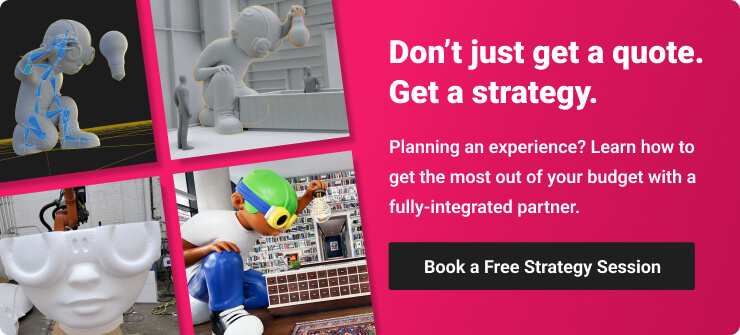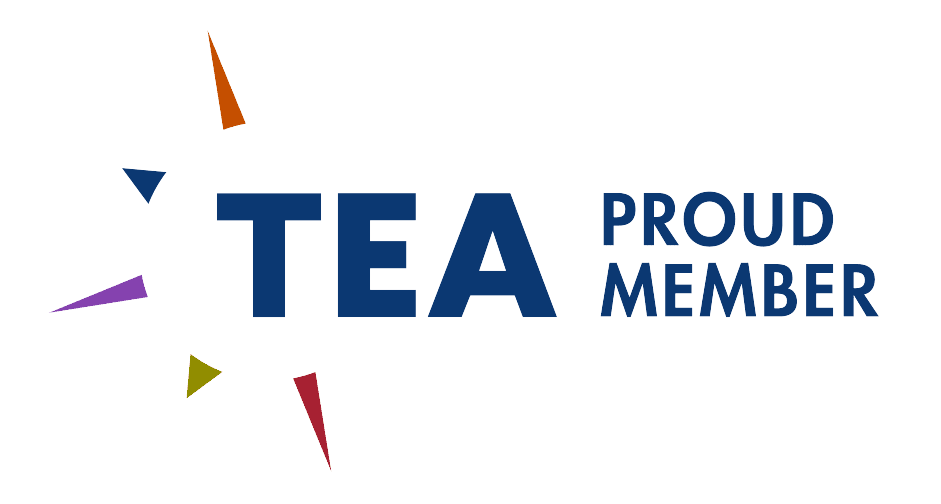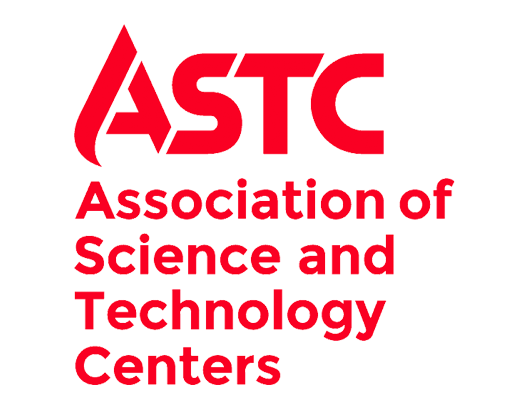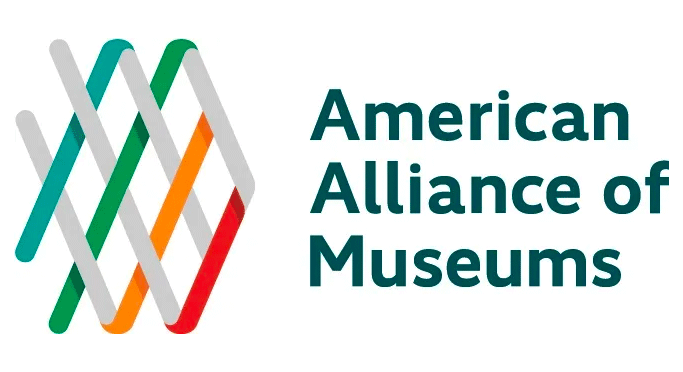With its impressive art and trade show communities, Chicago always has an abundance of CNC services on display. The majority of artists and inventors in Chicago have at least a passing knowledge of CNC machining and its capabilities, but few have been a part of a large-scale fabrication process, and there are some common misconceptions about how objects are fabricated in a studio using CNC services.
Artists working with large-scale sculptures, challenging materials, exhibition design or just looking to explore CNC as a creative medium will benefit from a basic understanding of these 4 principles of CNC services.
- Creative control
- Planning requirements
- Finishing
- Cost-efficiency
Learning more about these areas will help you decide if CNC services are right for your next exhibit at a museum, trade show, retail store, corporate office, hotel, and any other display environment.
1. CNC Equipment Offers More Creative Control
A common fear is that artists will sacrifice creative control with the use of machinery, but CNC is widely accepted in the Chicago artist community because of the control it gives.
Just as paintbrushes enable artists to create beautiful 2D paintings, CNC equipment enables artists to create complex 3D sculptures. In fact, the powerful capabilities of CNC technology provide endless possibilities. If an artist can dream it up, a CNC machine can probably help fabricate it. With more creative control throughout the entire process, artists are now limited only by their imaginations.
CNC equipment works fast enough to keep up with the never-ending ideas of an artistic mind. Projects can be bigger, more expansive, and more ambitious than before. Ideas that would have taken too long to produce before a deadline are suddenly within reach. Have a last-minute idea that would make an exhibit ten times better? It’s often possible with CNC services.
CNC also helps artists spend less time managing projects and more time creating. Utilizing a design and fabrication studio that employs a digital pipeline frees artists from the technical burdens of space planning, safe transport, permitting and art installation logistics.

2. CNC Services Need Careful Planning
As speedy and accurate as they are, a common misconception is that a CNC machine fabricates a completed object almost instantly.
CNC equipment works much faster than a person, no doubt about that, but it’s not as simple as scanning a 3D model and then instantly slicing, cutting, and carving. It’s an automated process, yet it requires skilled planning, programming and engineering by humans beforehand.
In a complete CNC process, the artist first presents an idea to be digitally sculpted, or a 3D model for the studio to scan. This could be a physical representation or a digital rendering.
Second, the studio creates digital prototypes with different previews of what everything will look like after machine cutting.
Since almost all of this is performed digitally, it can be hard to convey a real sense of size.
To overcome this challenge, the best studios will provide dimensioned drawings that represent the object in its final environment, relative to the size of an average person.
The studio will also 3D print small scale, fully finished maquettes to visualize physical details before the full-scale version is actualized.
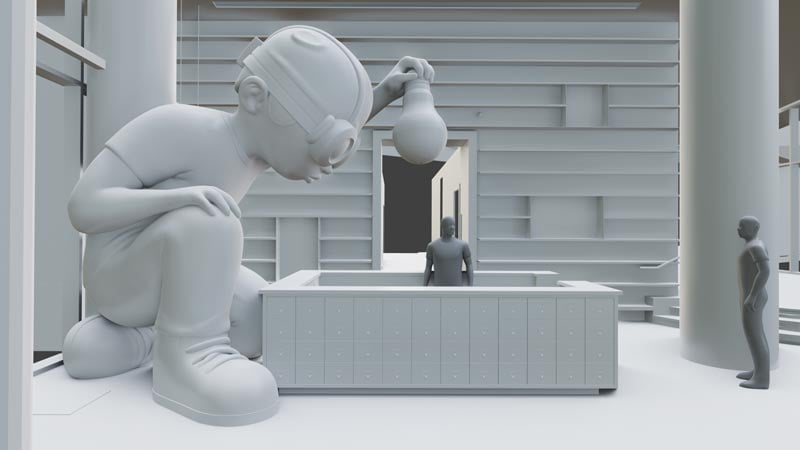
With a digital prototype, artists can visualize details and scale prior to CNC production.
3. CNC Services & Finishing
Another common misconception is that CNC machines do not require any finishing techniques by hand.
While CNC machining does produce faster, more accurate results than hand-carving, a quality studio will still perform some degree of hand-finishing, including:
- Sculpting undercuts – Parts of a design with hard-to-reach areas may not be accessible by CNC equipment, requiring a limited degree of hand fabricating.
- Removing tool marks – CNC machines often leave tool marks on finished surfaces or the edges of a part, but these marks can be lightly sanded away.
Yet another misconception is that the same piece of CNC equipment can cut through any material.
Several factors come into play here, including the speed at which different CNC machines operate, the size and density of the raw material, and the details to be cut.
A full-service CNC studio will have a variety of machines and an extensive knowledge of materials that covers a wide range of possibilities.
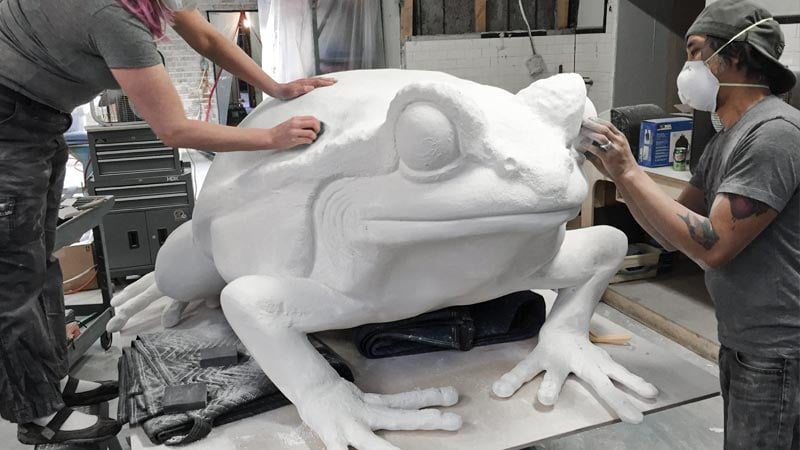
After CNC carving, finishing touches are often performed by hand.
4. CNC is Almost Always Cost-Effective
CNC equipment has a lot of cost-saving benefits: less labor is required, the odds of human error are significantly reduced, and far few materials are wasted. The artist doesn’t have to worry as much about having special tools because the CNC equipment has most of them onboard.
CNC equipment works by removing material from a solid block (subtractive art). Nothing is more precise than CNC equipment for projects involving engraving and surface detail reproductions, which are common subtractive art processes.
For those in need of fine textures, carved text, or complex forms on a large project, the assistance of a CNC shop is well worth looking into because no creative control is lost, and new high-tech fabrication expertise is gained.
With some projects, it may still be cost-effective to design by adding materials (additive art) instead of using CNC. This generally applies to certain types of sculptures (paper mâché, for example).
How to Tell if CNC Services are Best for Your Project
Most artists can benefit from the support of CNC services. Generally speaking, when projects aren’t a good fit for CNC services they are simply too small to justify the need.
The rest will enjoy the increased efficiency, accuracy and enhanced capabilities provided by CNC technology. The best way to find out if CNC is a fit for your next project? Contact an experienced studio to discuss a customized CNC design and fabrication plan.
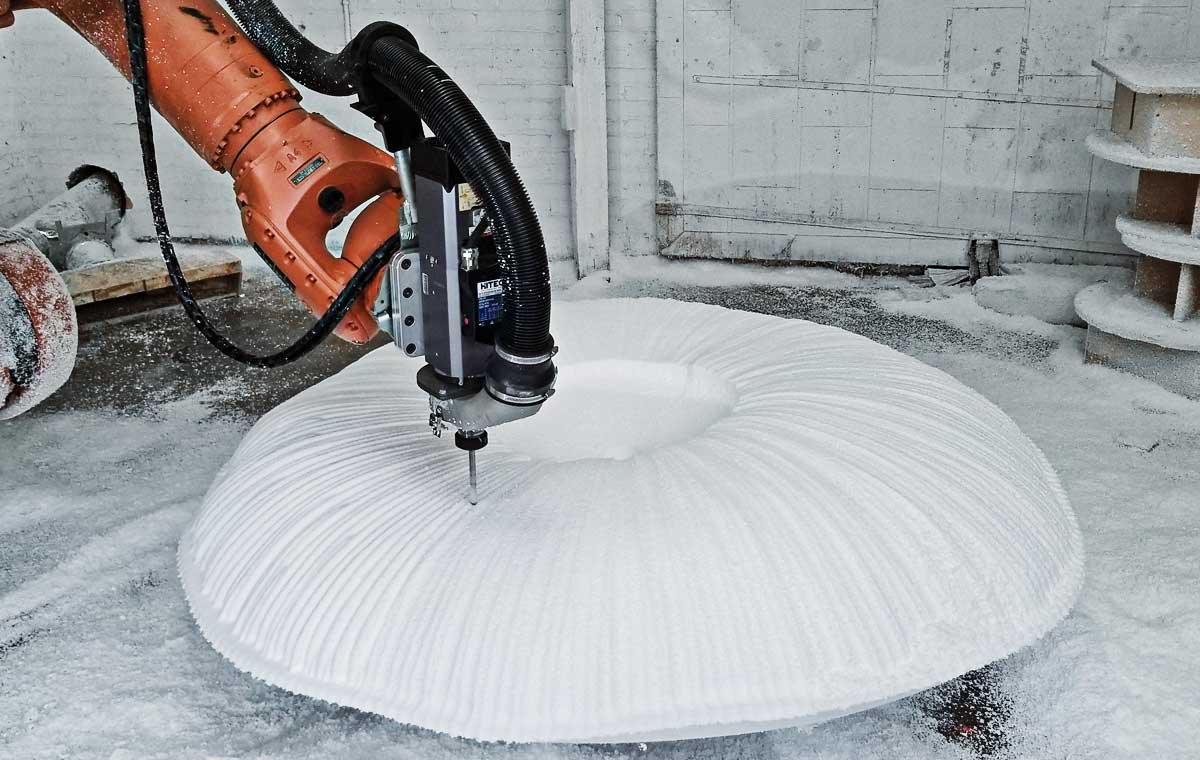

.png)
.png)
.png)
